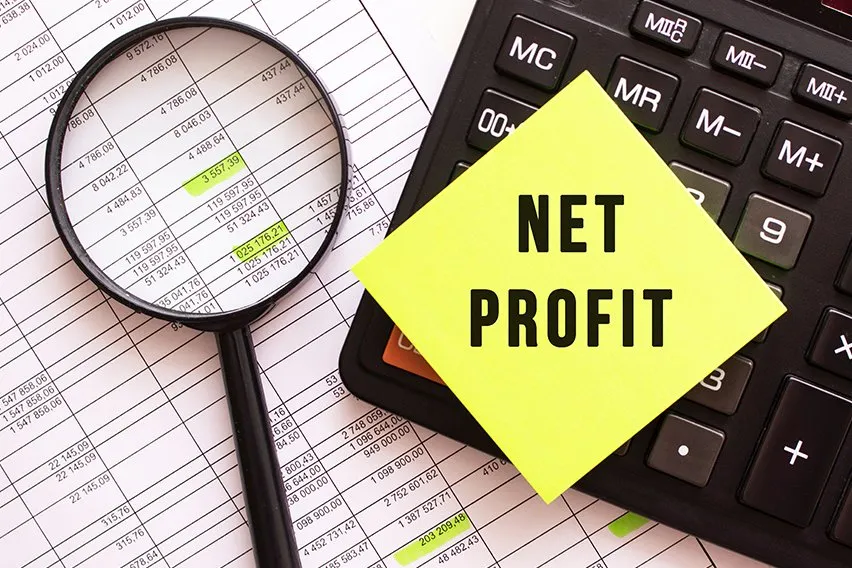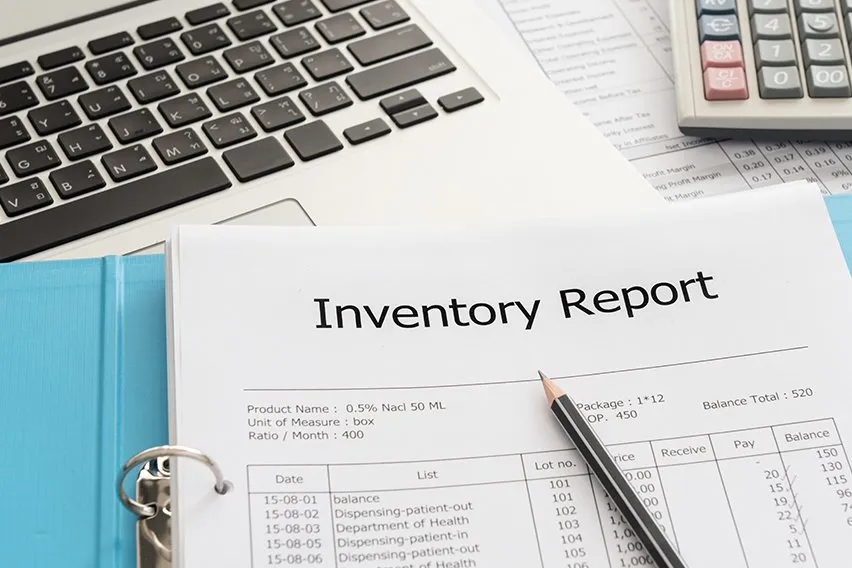What Is Net Profit?

As a business owner, calculating your net profit is one of the single best indicators of a successful business. Net profit denotes the funds remaining after you pay your business expenses. It is also known as your net income.
In addition, net profitability is a crucial indicator measured by e-commerce and retail companies. It’s important to keep in mind that an increase in revenue does not always translate into an increase in profitability.
Furthermore, operating profit will tell you the accurate bottom line in terms of how much capital you have left by the end of the sales day. The primary goal of a successful business is to create consistent net profits each month. This shows that your brand is growing at a sustainable rate. And as such, you can expect future growth.
A growing company can use its net profit to invest in new projects, save for the future, and much more. Read on to learn more about net profit and the many benefits this figure brings with it. We will also show you how to calculate your operating profit, so you’ll know where your business stands.
Here’s What We’ll Cover:
Calculating Your Net Profit Margin
Why Do You Need to Know Net Profit?
Calculating Your Net Profit
The calculation of net profit itself is fairly simple. Just collect all the data you need, which can be tricky. This direct profit is equal to the total income after deducting administrative expenses. So to calculate the net profit, you only need to subtract the total expenses for the same period from the total income over a period of time.

Revenue – expenses = net profit
Let’s look at an example of net profit in action. First, let’s assume that an e-commerce company has a revenue of $500,000 and a cost of sales of $100,000. This brings their gross profit to $400,000.
Let’s assume the following is true for this business:
- $80,000 goes to salaries
- $40,000 goes to operating expenses
- $9,000 goes to tax expenses
These figures will be subtracted from gross profit, and net income will be $271,000. Therefore:
$400,000 – $80,000 – $40,000 – $9,000 = $271,000
Keep in mind that your net direct profit is not a measure of how much money you make in a given period of time. This is because your income statement may contain large amounts of non-cash expenses. Such expenses can include amortization and depreciation.
Expenses and Net Profit
Net profit consists of both variable expenses and fixed expenses. Your variable costs are also known as COGS (cost of goods sold). Your COGS items can vary depending on the number of products manufactured or sold. What’s more, they’re incurred when you create or acquire products. Some examples of COGS or variable expenses can include:
- Depreciation of machinery used to manufacture products
- The salaries of the people who create your products sold
- Utilities for your workspace to create products
- Manufacturing
- Machinery
- Products
- Shipping
- Material
- Packing
It’s even easier for businesses that don’t make their own products. Their variable expenses are what they pay for the products they sell. Fixed costs ensure stability and are doubtful to change much over time. These costs may include:
- Marketing and advertising expenses
- Labor costs for indirect employees
- Costs for employee benefits
- Office expenses
- Taxes
- Rent
While it’s unlikely that your fixed expenses will change, there are scenarios where it does happen. You can ensure that you are prepared for such surprises by creating a budget. In your budget, you can have money set aside for unexpected expenses.
Calculating Your Net Profit Margin
The net profit margin is a ratio that basically tells you how much revenue per dollar is left after considering expenses. It answers the following questions: After all, what is the profitability of your business?
You can use gross profit (revenue minus cost of sales) to calculate gross margin. Conversely, you can use net profit (revenue minus all expenses) to calculate net profit. We will use the net profit rate as an example here.
You can calculate the net profit margin by dividing your net profit (that is, your income minus all expenses) by your starting income figure. Then, multiply the resulting number by 100 to get your net profit margin percentage.
Net profit ÷ revenue x 100 = net profit margin
Remember, you first have to calculate your net profit before you can figure out your net profit margin. Once you get your net profit, you can use it in the equation above. For example: Revenue – expenses (net profit) ÷ revenue x 100 = net profit margin.

Why Do You Need to Know Net Profit?
Net profit won’t just help you understand how much money you bring in. It will also help you understand your measure of profitability. This is a key indicator that business owners need to understand.
Do you generate revenue but are not profitable (or not profitable enough)? You may need to evaluate your business model and strategy to understand your shortcomings. Or, you may need to develop a clear annual sales growth plan.
If you are profitable, you need to consider how to use the remaining funds to further develop your business. This is true whether you wish to increase your marketing budget, hire more people, or invest in new opportunities.
Key Takeaways
Your company’s net profit is a vital component that tells you a lot about your financial health. Using the formulas above, you can gain a clearer picture of your company’s standing. From there, you can make adjustments where needed to improve your net profit.
To ensure that you have a firm grasp on your finances, download FreshBooks. This powerful accounting software puts control of your business in the palm of your hand. From invoices to bookkeeping, you will have the tools you need to improve your accounting efforts.
The FreshBooks app is user-friendly and ideal for professional start-ups. Rather than pay a small fortune for an accountant, let FreshBooks handle your needs for you. Be sure to download the free trial, so you can see for yourself just how efficient FreshBooks truly is.
And for more great tips on small businesses, don’t forget to check out our Resource Hub. You will find information regarding income taxes, registration, and more.
RELATED ARTICLES

 5 Different Types of Accounts in Accounting
5 Different Types of Accounts in Accounting What Is an Expense Account? Definition, Types & Tips
What Is an Expense Account? Definition, Types & Tips Inventory Cost: Definition & Types
Inventory Cost: Definition & Types How to Calculate Cash Flow
How to Calculate Cash Flow How to Create a Cash Flow Projection
How to Create a Cash Flow Projection What Is Net Revenue? Definition & Formula
What Is Net Revenue? Definition & Formula